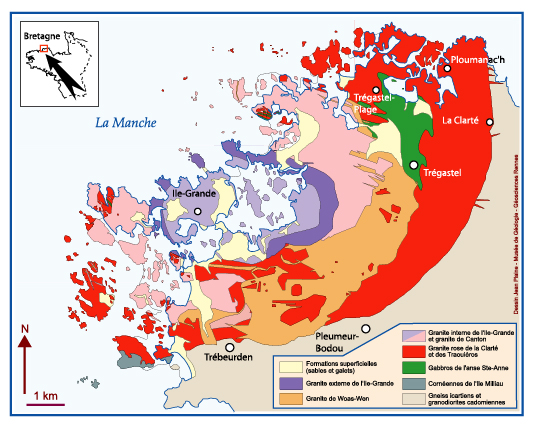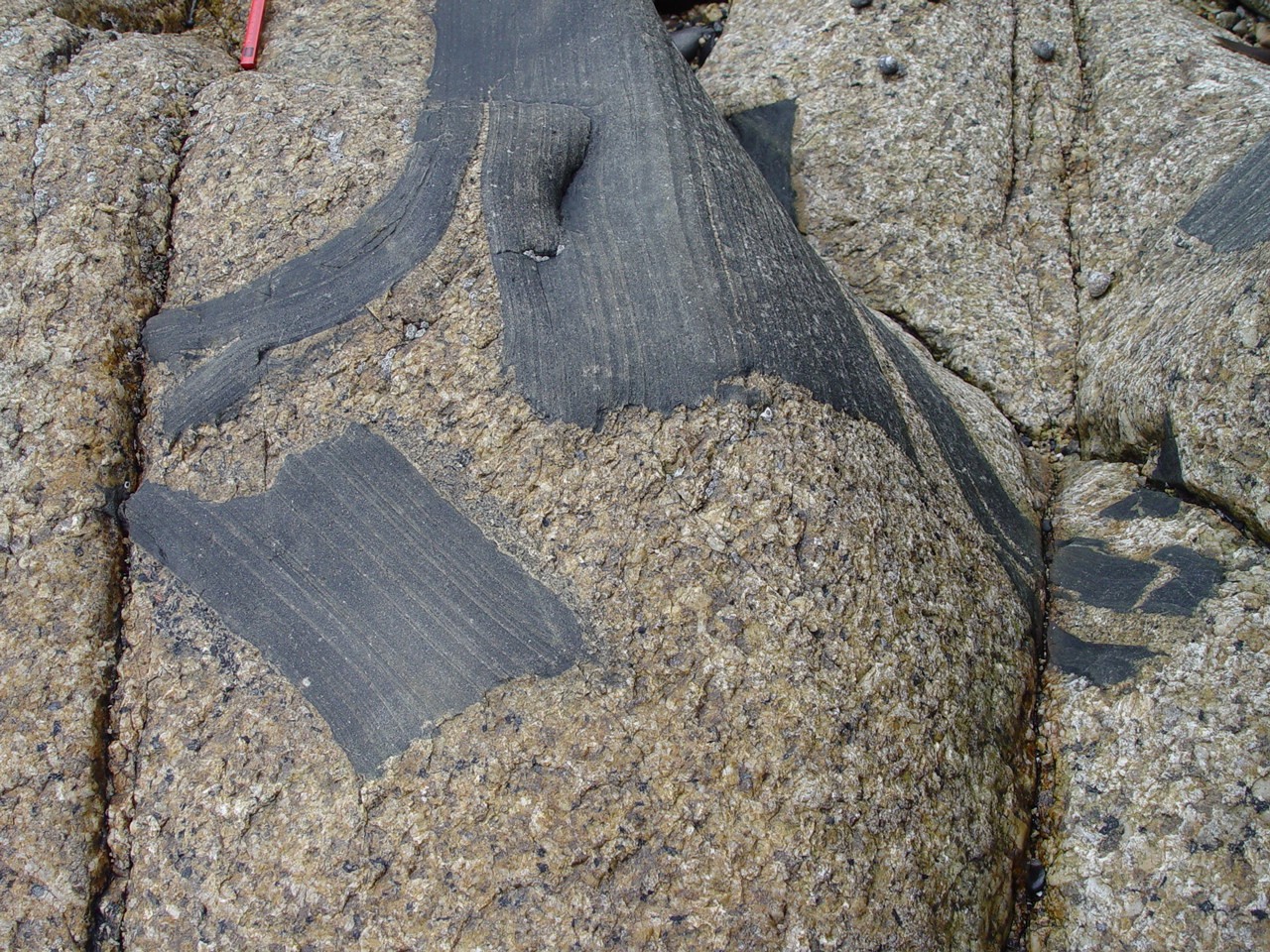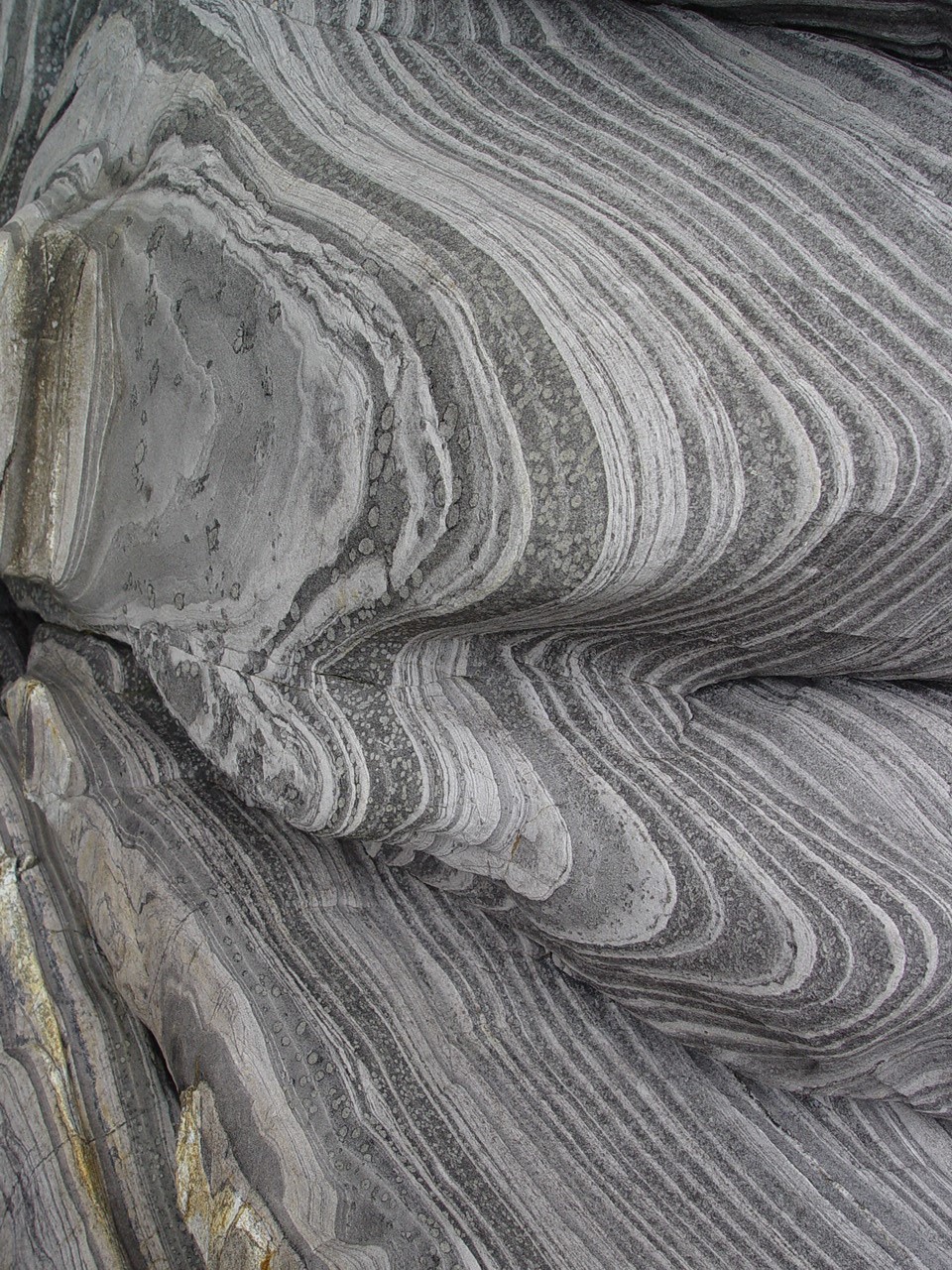
|
|
|
FIELD TRIPThe Ploumanac’h composite intrusion The Ploumanac’h intrusion is iconic in North Brittany (France) as it exposes along the Tregor’s coast line several outcrops that remarkably exemplify the composite nature shown by most of the intrusive granitic systems from the upper continental crust (plutons), worldwide. Mostly composed by different granite types, the intrusion also encloses mafic rocks (mostly gabbro) and a range of intermediate rocks (dioritic to monzonitic and/or granodioritic in composition), the magma of which were produced involving several differentiation processes, such as partial melting of the mantle, fractional crystallization, magma mixing and mingling. Some of the granites also witness for a significant contribution of the continental crust among the magmatic sources. From a selection of exposures the excursion will be devoted at illustrating the diversity of the involved magma types and resulting rock textures and internal structures (enclaves, schlieren, dykes, etc.), as well as the structural relationships and relative chronology between some of the main rock units, which allow to discuss how the intrusion episodically built, in between ca. 309 and ca. 301 Ma ago, at the end of the Carboniferous.
Xenoliths and hornfells
Examples of the diversity of the features shown by the contacts between some of the main granitic units
|






